Slippery When Cold: Preventing Slips, Trips, Falls & Other Winter Hazards
By Jake Dickman | January 14th, 2025 | Claims, Workers' Compensation, School Districts, Loss Prevention/Safety, Risk Management, Governance
Just this weekend, I was walking my dog when it hit me… Or… I hit it… the ground that is. Complete with mud on my hands, knees, and ego because of course a car was driving by and witnessed everything.
In my case, a little precaution could have saved me from an aching left wrist and some embarrassment, but for public districts, the risks posed by the wet winter months can lead to injuries and costly workers’ compensation claims. Read on for some best practices to get through the winter without any falls.
Pathways
Maintaining clear, dry pathways is essential for safety. Regularly inspect outdoor walkways for debris and pooling water, clearing hazards immediately. Check drains to ensure proper water flow and address any low spots where puddles form.
Use clear signage to alert people to areas where surfaces may be slippery. “Wet Floor” signs may seem simple, but they’re a crucial reminder for people to tread carefully.
Inside buildings, place absorbent mats at entrances to help trap moisture from shoes. But remember – mats that curl or shift underfoot can become their own hazards. Make sure they lay flat and stay securely in place.
Lighting
Winter’s shorter days and stormy skies can reduce visibility, making hazards harder to spot. Well-lit pathways, stairwells, and entryways are essential. Regularly inspect outdoor lighting and replace dim or broken bulbs promptly. Indoors, ensure entrance areas remain bright, even during cloudy weather, to help identify slippery spots quickly.
Additionally, if employees are leaving the workplace after dark consider a buddy-program or security escorts for those walking to their cars.
Safety Culture
Safety isn’t just about infrastructure and visibility—it’s about individual awareness and ownership. Encourage employees to wear footwear with non-slip soles and be vigilant for hazards. Establish a simple process for employees to report slippery conditions or other hazards they notice. Prompt hazard reporting can prevent accidents before they happen. Commend those that actively participate in hazard recognition and abatement.
Responding to Hazards
Promptness is critical when dealing with slip, trip, and fall hazards. Equip maintenance teams with spill kits to clean up wet floors swiftly. Implement a response system that ensures reported hazards are addressed immediately, reducing the time any dangerous condition remains uncorrected.
Preventing Cold Stress
We talk A LOT, and for good reason, about the dangers of heat in this state. While we are all well versed with the dangers of heat-stress and heat related illness we are somewhat less prepared for the effects of the cold here in CA. Ironically, many of the same precautions that are applicable to high-heat can also become useful measures when temps drop. For example, when it’s hot we recommend scheduling tasks around the most comfortable times throughout the day, this being the morning hours during the summer. During these colder months, consider scheduling work during the warmer hours of the day if its work that takes place outside or in spaces devoid of climate control. During the summer months we recommend scheduling additional rest / hydration periods, likewise, a district can consider scheduling additional breaks during the cold months for employees to get out of the cold and warm up in between tasks. Not sure about you, but if I’m cold there is not much else I can think about. Similarly, workers that are not plagued by the cold are bound to be able to focus on the other safety protocols they must adhere to in order to leave the workplace safely each and every day.
Winter Driving
Winter driving requires heightened awareness and preparation, especially when dealing with rapidly changing road conditions. Black ice, a nearly invisible hazard, often forms on shaded roads, bridges, and overpasses when temperatures hover near freezing. To navigate safely, keep your speed low and avoid sudden braking or sharp turns. If you encounter black ice, remain calm—keep the steering wheel steady and gently ease off the accelerator. Maintain a greater following distance (always advised) to allow for longer stopping times and watch for cues such as cars ahead suddenly braking or swerving. Just because the place you’re leaving and the place you’re going are nice and warm, doesn’t mean you won’t unexpectedly find yourself in a situation you wished you were dressed more appropriately for. If it’s a district vehicle consider an emergency kit in the back that will help the driver maintain safety in any event.
Here are helpful items to consider for a comprehensive winter emergency kit:
Safety and Survival Essentials:
- Blankets or emergency thermal blankets
- Warm clothing: gloves, hats, and socks
- Water: bottled or in pouches (stored safely to prevent freezing)
- Non-perishable snacks: granola bars, nuts, or dried fruit
- Flashlight: with extra batteries or hand-crank options
- Portable phone charger: fully charged power bank
- First-aid kit: bandages, pain relievers, antiseptic wipes
Vehicle Tools and Supplies:
- Ice scraper and snow brush
- Shovel: foldable or compact for easy storage
- Tire traction aids: sand, cat litter, or traction mats
- Jumper cables or battery jump starter
- Tow strap or rope
- Reflective warning triangles or flares
In Closing
Watch your step, watch the weather, always keep two eyes on the road, and reach out to your Risk Control Advisor or Riskcontrol@gsrma.org if you have any questions, concerns or additional recommendations!
